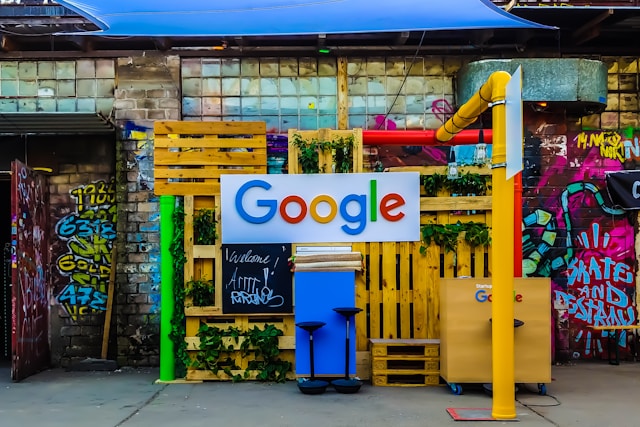Marketing teams invest significant resources in A/B testing to optimise websites, campaigns and user experiences. These tests form the foundation for strategic decisions about design, content and functionality. But there's a critical factor undermining the validity of these tests - bot traffic.
The Scale of Bot Traffic
Our research shows that bots generate half of all internet traffic. This includes both legitimate bots like search engines and malicious bots conducting attacks. For marketing teams, this creates a fundamental problem - your A/B tests include manipulated responses.
Bot traffic skews test results in multiple ways. Bots don't behave naturally, unlike real users when interacting with different test variants. They follow programmed patterns rather than genuine user preferences. This contaminates the data marketing teams use to make decisions about website changes, campaign optimisation and user experience improvements.
The Impact on Marketing Strategy
Contaminated A/B test results lead to flawed strategic decisions. Marketing teams might be tricked into optimising for bot behaviour rather than real user preferences. This impacts multiple areas of strategy:
Website Design - Teams select layouts and features that appeal to bots rather than humans. Navigation flows optimise for automated traffic patterns instead of genuine user journeys. Content decisions target bot consumption rather than human engagement.
Campaign Optimisation - Bot interactions corrupt conversion rate data. Teams allocate budgets based on manipulated performance metrics. Campaigns ended up catering for bot behaviour instead of real customers.
User Experience - Interface changes skewed by bot behaviour patterns. Feature development prioritises elements that score well with automated traffic. Content strategy aligns with bot consumption rather than human needs.
The Residential Proxy Challenge
Residential proxy networks create a particular challenge for A/B testing. These proxies route bot traffic through real consumer IP addresses, making it appear legitimate. Traditional bot detection methods struggle to identify this traffic.
Our research demonstrates that standard IP intelligence services miss up to 96% of residential proxy traffic. This means marketing teams include vast amounts of proxy-based bot traffic in their test results without realising it.
Residential proxies mask sophisticated bot behaviour that mimics real users. The bots rotate through different residential IPs to avoid detection. They generate clicks, page views and conversions that appear genuine but represent automated rather than human interactions.
Protecting Your Tests
Marketing teams must implement protection measures to ensure valid A/B test results. This requires a multi-layered approach to identifying and filtering bot traffic:
Detection starts with continuous monitoring of traffic patterns. Teams track user behaviour to identify automated interactions. This includes analysis of click patterns, page view sequences and conversion flows that indicate bot activity.
Prevention requires sophisticated bot management capabilities. Our Bot Management solution blocks automated traffic while allowing real users to participate in tests. The system detects and filters residential proxy traffic to ensure test data comes from genuine visitors.
Protection extends to API endpoints that support A/B testing infrastructure. Our API Security capabilities prevent bots from manipulating test data through direct API access. This ensures the integrity of test results across all interaction channels.
Making Informed Decisions
Understanding bot traffic helps how marketing teams to protect their investments in A/B testing. Data analysis must start by filtering bot interactions from genuine test results. Teams measure genuine user engagement rather than combined human and bot behaviour. This enables accurate assessment of test variants based on real user preferences.
Strategy development improves once teams understand the impact of bots. Marketing decisions align with genuine user needs rather than artificial interactions. Campaign optimisation targets real customer segments instead of bot characteristics. Feature development prioritises elements that resonate with humans rather than automated traffic.
Budget allocation becomes more effective when based on clean data. Teams invest in changes that improve real user experiences rather than bot interactions. Campaign spending targets channels with verified human traffic. Development resources focus on features that drive genuine engagement.
Taking Action
Marketing teams must implement three key measures to protect A/B testing:
First, deploy comprehensive bot management to identify and block automated traffic. This forms the foundation for valid test results by ensuring participation from real users.
Second, implement residential proxy detection to prevent sophisticated bots from corrupting test data. This ensures traffic comes from genuine users rather than proxy networks.
Third, protect API endpoints that support testing infrastructure. Our Traffic Control solution provides complete protection across web and API interfaces.
Conclusion
Bot traffic undermines A/B testing effectiveness and leads to flawed marketing decisions. While past results may be corrupted, understanding and preventing bot interactions helps teams make informed choices going forward.







